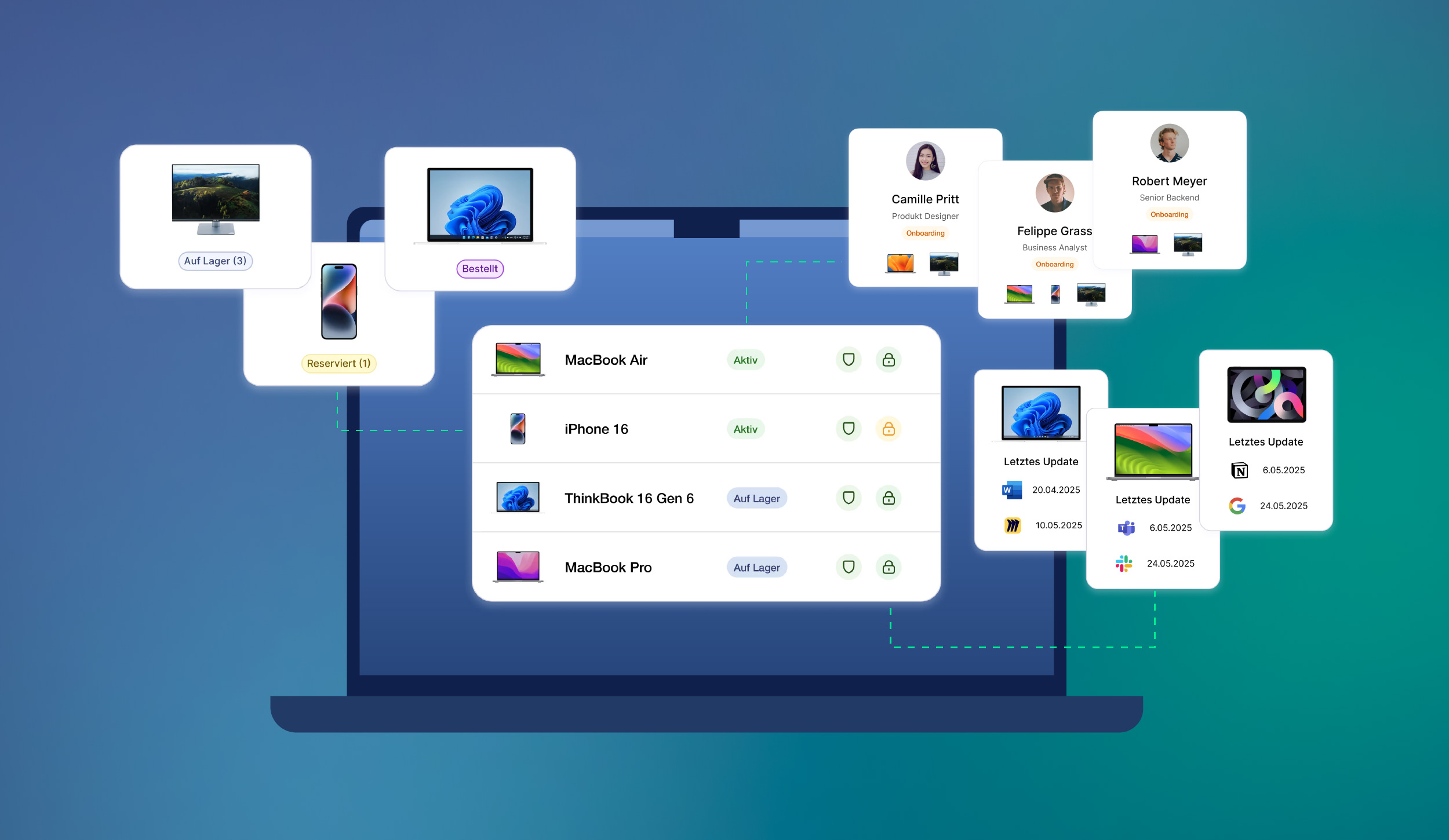A critical security vulnerability recently exposed thousands of organizations worldwide, serving as a stark reminder of the hidden risks lurking in traditional IT infrastructure. The breach affected Microsoft SharePoint Server, specifically the on-premise version that companies host on their own servers.
While attackers successfully infiltrated dozens of organizations before patches became available, there's an important detail that every business leader should understand: companies using Microsoft 365, the cloud-based version, remained unaffected.
In this article, Philipp Hoffmann, Co-founder & CPO of deeploi, explains why this incident isn’t just another cybersecurity headline, but a case study for why modern IT strategies are shifting toward cloud-first infrastructure and away from self-managed systems.
What happened in the SharePoint vulnerability case?
The vulnerability allowed cybercriminals to exploit a security flaw in SharePoint Server, the on-premise version that organizations install and manage on their own hardware. Attackers used this opening to breach company networks, potentially accessing sensitive data, internal communications and critical business systems.
Organizations using on-premise SharePoint had to:
• Wait for Microsoft to release a patch
• Test the update internally
• Schedule downtime for maintenance
• Manually deploy fixes
• Verify that all systems were stable post-patch
This created a vulnerable window of time, where attackers had the opportunity to strike.
Why is Microsoft 365 safer than on-premise SharePoint?
Microsoft 365 operates with a fundamentally different model. It’s cloud-based, meaning Microsoft handles the infrastructure, pushes updates automatically, and monitors security 24/7.
When this vulnerability emerged, Microsoft was able to:
• Deploy patches across cloud instances instantly
• Monitor real-time threat activity
• Apply further protections without user action
• Keep millions of users secure without disruption
• This isn’t unique to Microsoft, it’s how modern cloud infrastructure works.
What are the risks of managing on-premise IT?
From helping growing companies migrate to the cloud, we see the same issues come up repeatedly:
Delayed updates
Patching can take days or weeks, especially in complex environments. During that time, systems are vulnerable.
Limited resources
Most businesses lack the in-house security expertise or bandwidth to monitor threats around the clock.
Complex configuration
Manually configuring on-prem systems increases the risk of human error, which is often the root cause of breaches.
Compliance challenges
Handling compliance (GDPR, ISO 27001, etc.) becomes significantly harder when every responsibility falls on internal teams.
How do cloud-based IT solutions improve cybersecurity?
Cloud platforms offer:
• Automated updates reduce patching delays
• Machine-learning threat detection
• Redundancy across global data centers
• Dedicated security and compliance teams
At deeploi, we support you in integrating these features into every cloud IT setup we build, whether it's enabling secure device onboarding, setting up SaaS provisioning or automating access policies.
What should businesses consider when reviewing IT strategy?
If you're still relying on traditional, on-premise systems, here are a few questions to ask:
• How fast can we respond to a security threat?
• Do we have full visibility across devices and tools?
• Are we spending too much time managing infrastructure?
• Can our IT environment scale with the business?
• What are the reputational and financial risks of a data breach?
Does it make sense to use on-premise infrastructure?
In some cases, yes:
• Strict compliance requirements for data residency
• Legacy systems that can't migrate easily
• Low-latency requirements or specialized workloads
But even then, hybrid models or private cloud environments often provide a more secure and scalable solution.
How can you transition to cloud-based IT?
For growing teams, moving to the cloud can feel overwhelming, but it doesn’t have to be.
At deeploi, we help companies build secure, cloud-first IT environments step by step:
Assess: We start by reviewing your current setup – devices, SaaS tools, security posture, and compliance risks.
Migrate: We help you move to tools like Microsoft 365, consolidate SaaS licenses and deploy modern device management with the support of our trusted partner network.
Secure: We implement endpoint protection, access controls and automated patching to keep your team safe.
Support: We take over IT operations, from onboarding to troubleshooting, so your team can focus on what matters most.
Stay compliant: We apply IT best practices that support standards like ISO 27001 and GDPR.
Whether you’re replacing an MSP or starting fresh, we make modern IT work without the overhead.
What does this mean for your business?
The SharePoint vulnerability is a real-world reminder that traditional IT infrastructure carries real, business-critical risk. It’s not just about outdated tech, but also about data protection, operational continuity and your company’s reputation.
It also shows how quickly things can go wrong when infrastructure isn't built to adapt. And it’s a clear signal that “the way we’ve always done it” isn’t enough to stay secure, compliant or scalable.
At deeploi, we design modern IT setups that:
• Eliminate manual IT pain points
• Enable fast onboarding & offboarding
• Ensure endpoint protection
• Keep you compliant from day one
We make it easier for teams to focus on what actually drives their business, while we handle the rest. Because in today’s landscape, secure IT is a business advantage.
If you're ready to take that step, we're here to help:





